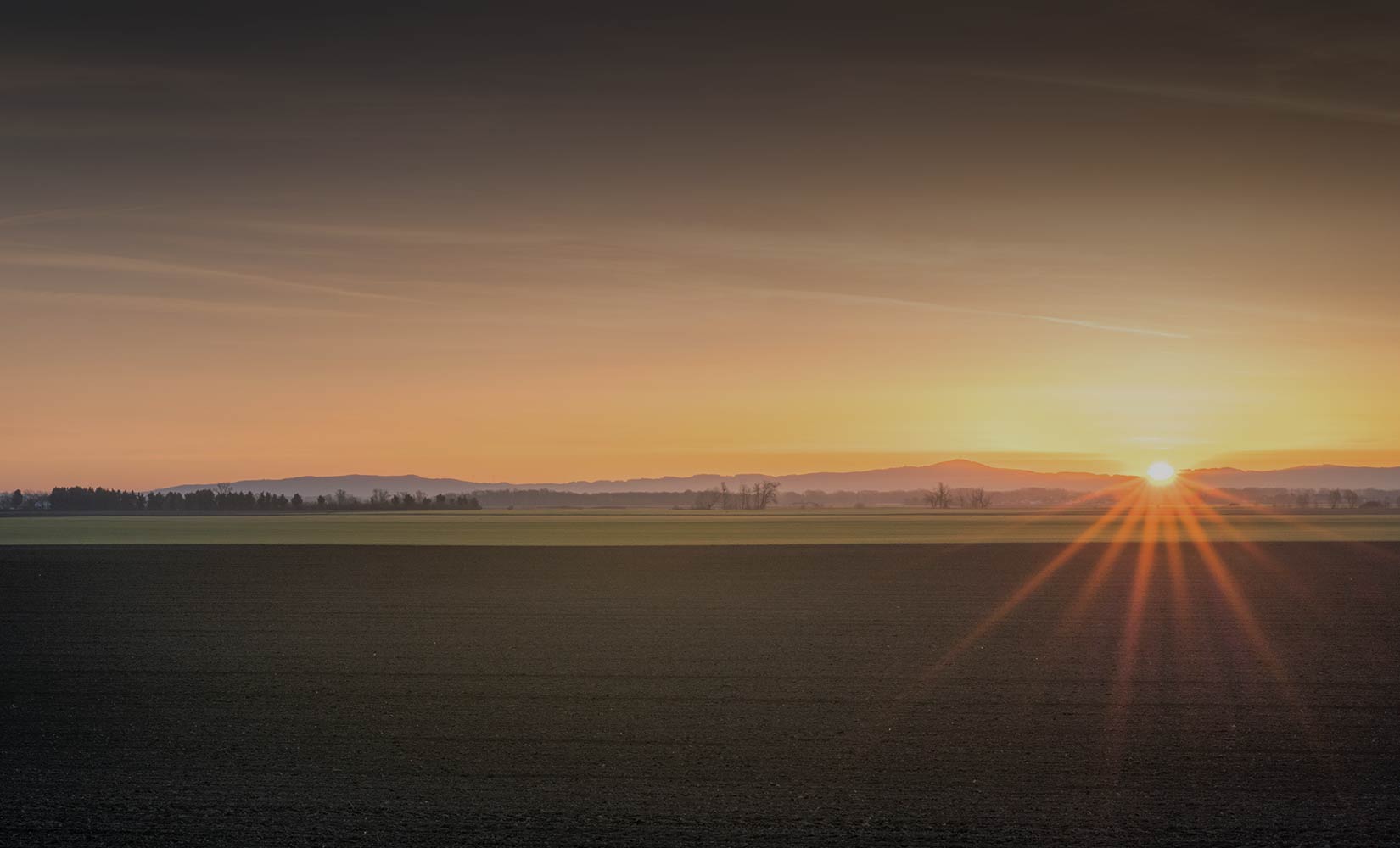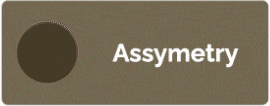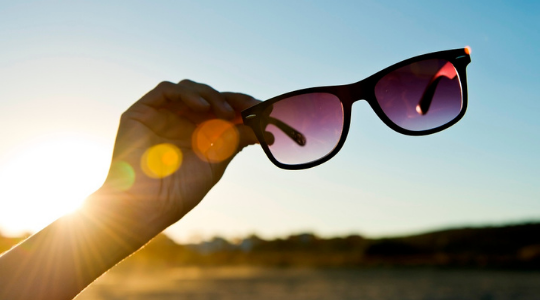
Skin Cancer
Do you spend a lot of time outdoors? Be UV Aware
Farmers, gardeners, construction workers and other professions that spend a lot of time outdoors can have up to 5 – 10 times more UV exposure than indoor workers, and are therefore at an increased risk of developing skin cancer. The good news is that 4 in 5 cases of skin cancer can be prevented.
UV damage to your skin cells can start before your skin tans or burns. Often we don’t realise when our skin is being damaged, so if you spend a lot of time outdoors, it’s important to be UV aware.
The UV index is a much more accurate way of determining your risk of skin and eye damage than just relying on the air temperature. UV levels can be high enough to damage your skin even on cool or overcast days between March and October. When the UV index is 3 or more you need to protect your skin and eyes.
Keep track of the daily UV level where you are
The Met Office has a weather app that can help you keep track of the UV levels at your location.
What do the numbers mean?
The UV index has a scale of 0 – 11+ and was developed by the World Health Organisation. there are a number of factors that influence the UV index value including:
- The position of the sun in the sky
- The altitude
- The time of day and time of year
- Cloud cover and other weather conditions
In Northern Ireland the UV index peaks each day between 11am and 3pm. It is 3 or above on many days between March and October and can reach 7 or 8 in mid-summer, higher than you may have thought.
When the UV index is 3 or more you need to protect your skin and eyes. Here’s how.
How to check your skin
Early detection of skin cancer is very important so you should check your skin regularly, ideally once a month. Get someone to help check difficult to see areas, like your back and the backs of your legs. Don’t forget the soles of your feet, between your toes, your scalp, neck and nails. Here’s what you need to look for:
- a new growth or sore that does not heal in 3 to 4 weeks. Look for anything that is inflamed, growing, bleeding, crusting, red around the edges, particularly itch or painful, or changing in any way.
- development of a new mole when you are an adult or any changes to an existing mole – use the ABCDE mole check
ABCDE Mole Check

The shape of one half is different to the other.

Irregular blurring of border or ragged edge.

Two or more colours: different shades of brown or presence of black, red or blue alongside the mole’s normal colour.

Any change in size

If in doubt get it checked out by your GP.
We have a number of resources for outdoor workers here. If you’d like to get in touch to discuss how we can help, contact [email protected].
For more detailed information on the UV index and what it means for us check out this video.
Please follow current government guidance on social distancing and travel.

CARE IN THE SUN
RISK FACTORS
Anyone can develop skin cancer, whatever their skin colour. However, certain skin types are more at risk from the effects of UV radiation than others.
SKIN PROTECTION
Too much ultraviolet (UV) light, either from natural sunlight or from artificial sources such as sunbeds, is the main cause of 80% of skin cancers.
SUNBEDS
Sunbeds, tanning booths and sun lamps give out ultraviolet (UV) rays that can damage your skin and can make it look wrinkled, older or leathery.


